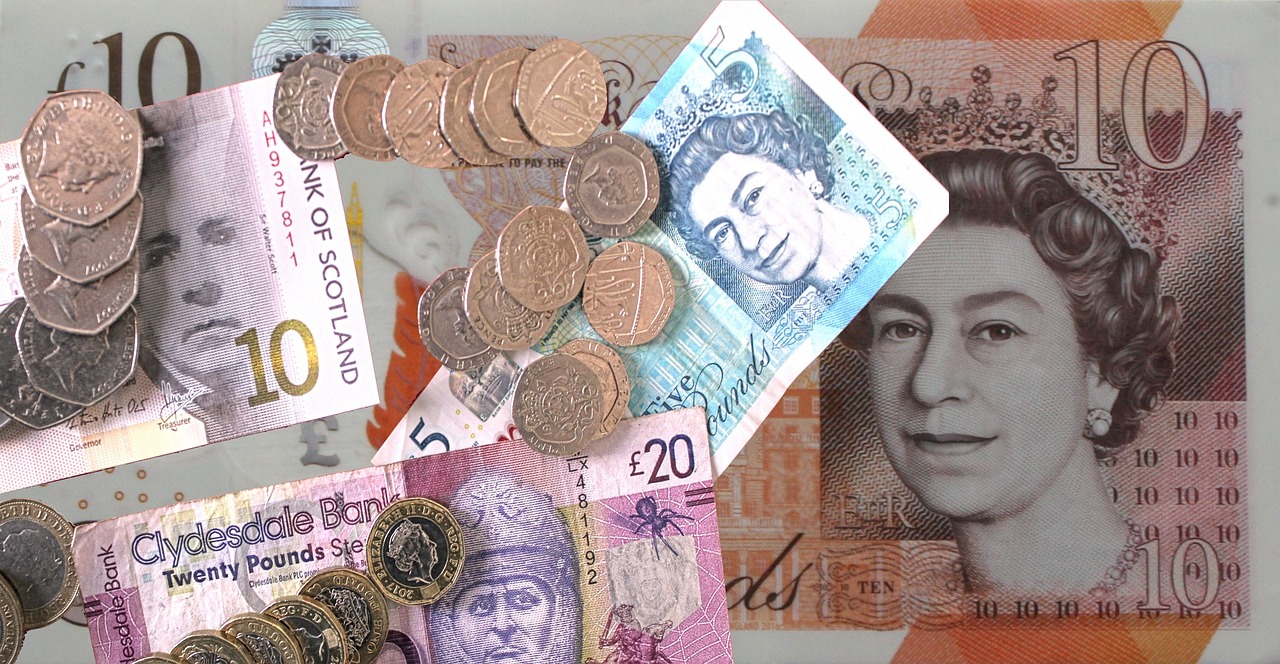Essential MoneyGram Guide: Sending Cash, Payment Methods, and Recipient Details
GPT_Global - 2025-09-22 02:30:06.0 20
Can I send a MoneyGram with cash only?
When sending money through MoneyGram, one of the most common questions people ask is whether they can send money with cash only. The answer is yes! You can absolutely send money via MoneyGram using only cash. This flexibility makes it a popular choice for people who may not have access to a bank account or prefer not to use credit or debit cards for remittance.
To send money with cash, simply visit a local MoneyGram agent location. At the counter, you'll fill out the required forms and provide the cash amount you wish to send. The agent will process your payment and provide you with a receipt. The recipient can then pick up the funds at a MoneyGram location, often in as little as a few minutes.
Remember, while you can send cash, always ensure you keep the receipt safe. This will be necessary for tracking the transfer or resolving any issues that may arise. MoneyGram’s widespread network makes sending money via cash an easy, fast, and reliable option for those in need of remittance services.

Are debit or credit cards accepted when sending a MoneyGram at a location?
When sending money via MoneyGram, it's essential to know your payment options. Many people prefer using debit or credit cards for convenience, but is this possible at all locations? The answer depends on the specific MoneyGram location. While some agents allow payments with debit or credit cards, others may only accept cash or other forms of payment. It's always a good idea to check with the MoneyGram location beforehand to confirm the available payment methods.
Using a debit or credit card can offer a fast and secure way to send money. Debit cards typically withdraw funds directly from your bank account, while credit cards may involve additional fees or interest if not paid off promptly. Keep in mind that fees vary by location and the amount you’re sending. Always ask about the fees associated with card payments to avoid surprises.
In conclusion, while debit and credit cards are accepted at some MoneyGram locations, it’s crucial to verify this before initiating a transfer. Check for any additional charges and choose the payment method that works best for you.
Do I need to know the recipient’s bank account details to send a MoneyGram?
When sending money through MoneyGram, you don’t necessarily need the recipient’s bank account details, but there are important factors to consider. MoneyGram offers various transfer options, including cash pick-up and bank transfers. If you choose the bank transfer method, you’ll require the recipient's bank account information. This includes the bank name, account number, and any other necessary details for a smooth transaction.
However, if the recipient is collecting the money in person at a MoneyGram agent location, you won’t need their bank account details. Instead, you'll need the recipient’s full name and a reference number, which is provided upon sending the funds. The recipient will present this reference number along with identification to collect the money at the designated location.
For added convenience and security, MoneyGram has a global network of agent locations, making it easier to send and receive money internationally without the need for bank account details. Be sure to check the specific requirements for your transaction type and destination to ensure a smooth remittance experience.
Is the recipient’s date of birth required to send a MoneyGram?
When sending money via MoneyGram, one common question that arises is whether the recipient’s date of birth is required. In most cases, the answer is no. The recipient’s date of birth is generally not a mandatory field when transferring funds through MoneyGram.
However, the situation may differ based on the country, the type of transaction, or the local regulations. For certain transfers, especially those involving high amounts or specific countries, MoneyGram may require additional information, such as the recipient's date of birth, to comply with local laws and anti-money laundering regulations.
It’s always a good idea to double-check the specific requirements for your transaction. Before proceeding with a remittance, ensure you have all the necessary details for both the sender and the recipient. Understanding these requirements can help avoid any delays in the transfer process and ensure a smooth transaction.
In conclusion, while the recipient’s date of birth is usually not required for a MoneyGram transfer, it’s important to be aware of any exceptions that may apply to your specific situation. Always verify the necessary information beforehand to avoid any surprises.
Do I need to provide my own phone number when sending a MoneyGram?
```htmlWhen sending money through MoneyGram, it’s common to wonder whether you need to provide your own phone number. The answer is yes, you may need to provide your phone number depending on the location and the service options you choose.
Your phone number is typically required to enhance the security of the transaction, helping MoneyGram verify your identity. It’s also important for the recipient to contact you if there are any issues with the transfer or to notify you once the money has been picked up. Providing your number ensures smooth communication between both parties.
Additionally, having your phone number on file can help prevent fraud, as MoneyGram uses it to confirm the sender's identity if needed. Make sure your contact information is up-to-date to avoid any delays or complications with your transfer.
In some cases, the requirements may vary, so it’s always a good idea to check with your local MoneyGram agent or review the terms and conditions before sending money. Overall, providing your phone number can make the remittance process easier and more secure.
```What information must I give if the recipient will pick up the money in cash?
Here’s a draft of your SEO article: When sending money internationally, many recipients prefer to pick up their funds in cash. To ensure a smooth transaction, it’s important to provide accurate details that comply with the remittance service’s requirements. By giving the right information, you help avoid delays and make sure your recipient receives the money quickly and safely. First, you must provide the recipient’s full legal name exactly as it appears on their valid government-issued ID. This step is crucial because the cash pickup location will require identification before releasing the funds. Any mismatch between the name provided and the ID can lead to problems or rejection at the counter. Second, include the recipient’s country and city where the money will be collected. Many remittance providers work with multiple payout partners, so specifying the location ensures the money is routed to the correct branch. You may also need to supply the recipient’s contact number so they can be notified when the funds are available. Finally, the sender should keep the transaction reference number. This code is often required for cash pickup and serves as proof of the transfer. By preparing all this information, your remittance transaction will be faster, safer, and more convenient for your recipient.Do I need the recipient’s bank name if they want the transfer deposited into their account?
When making a remittance transfer, one of the key pieces of information you need is the recipient’s bank details. A common question that arises is whether you need the recipient's bank name for a successful transaction. The short answer is yes, in most cases.
The recipient's bank name helps ensure that the funds are directed to the correct financial institution. In many cases, it is essential for identifying the recipient’s bank, especially when using international wire transfers or other payment systems. Without the correct bank name, the transaction may be delayed or rejected.
However, it's important to note that the exact requirements can vary depending on the remittance service provider and the destination country. Some transfer services may only require the recipient's account number or IBAN, while others might ask for the bank name, SWIFT code, or branch address. Always double-check the information needed before initiating the transfer to avoid complications.
In summary, while you may not always need the recipient’s bank name, it is generally recommended for smooth processing of remittance transfers. Make sure you have all the correct details before sending money to ensure quick and safe delivery of funds to your loved ones.
About Panda Remit
Panda Remit is committed to providing global users with more convenient, safe, reliable, and affordable online cross-border remittance services。
International remittance services from more than 30 countries/regions around the world are now available: including Japan, Hong Kong, Europe, the United States, Australia, and other markets, and are recognized and trusted by millions of users around the world.
Visit Panda Remit Official Website or Download PandaRemit App, to learn more about remittance info.

